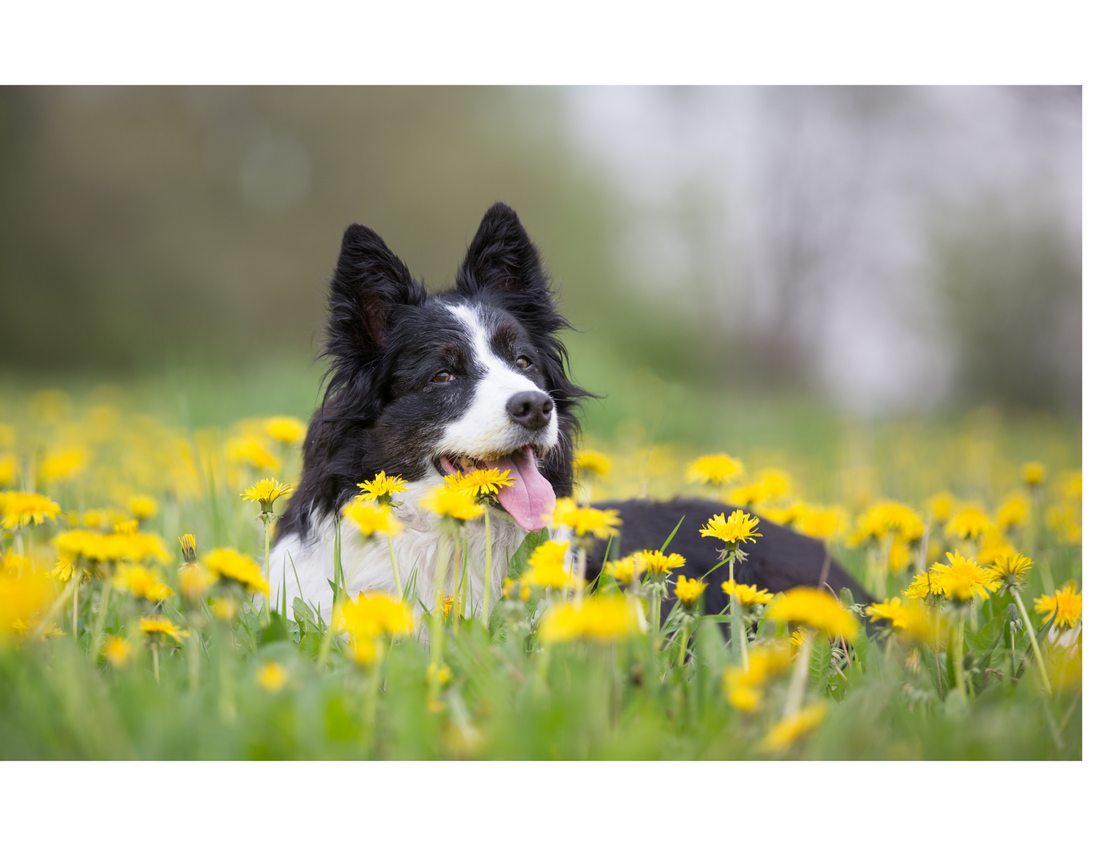As the vibrant colors of spring emerge, so do the needs of our furry companions. From adapting to fluctuating temperatures to navigating the awakening of spring wildlife, pet owners must adapt to these seasonal shifts. Here are some actionable tips and valuable insights to guide pet owners through the season.
Enjoy the outdoors: With warmer weather and longer daylight hours, pets crave outdoor adventures. Dogs, especially, thrive on walks and hikes, relishing the sights, sounds, and scents of nature. Regular outdoor activities provide essential exercise, mental stimulation, and bonding opportunities. Explore new trails, parks, and natural spaces with your pet, but always prioritize safety and follow leash laws.
Yard Clean-Up: Pets love to lend a paw as you spruce up the yard. As you tidy up, be cautious of potential hazards such as sharp objects, toxic weeds, and chemical residues from winter treatments. Regularly inspect your yard for any signs of damage or debris that could pose risks to your pet's safety. Additionally, ensure your fencing is secure to prevent escapes, and remove any stagnant water sources to discourage breeding grounds for pests.
Gardening: Include your furry friend in planting or watering activities to help nurture your garden. Choose pet-safe alternatives for plants, flowers, and gardening products. Additionally, make sure to keep them away from freshly treated areas with lawn chemicals or newly laid mulch, as these may contain harmful chemicals or toxins.
Wildlife Encounters: Springtime brings out more wildlife, including bees, birds, bunnies, squirrels, and rodents, which may carry diseases or parasites that can be transmitted to pets. Supervise outdoor activities and discourage pets from chasing
or interacting with wild animals. Be mindful of bees and wasps, which become more active in the spring, as pets may disturb nests or get stung while exploring outdoor areas.
Grooming Needs: Spring triggers shedding in pets as they prepare for the warmer months. Increase grooming routines to manage shedding, prevent mats, and minimize allergens indoors. Regular brushing and bathing will help keep your pet comfortable and healthy.
Fleas & Ticks: Springtime brings a surge in flea and tick activity. Use preventive measures such as flea and tick medications, regular grooming, and keeping grass trimmed to limit exposure from these parasites.
Allergies: Just like humans, pets can develop seasonal allergies to pollen, mold, and other environmental triggers. Keep an eye out for symptoms such as excessive itching, scratching, and watery eyes. Wiping your pets’ paws, face, and body can help prevent irritation. Consult a veterinarian for diagnosis and treatment options if symptoms persist.
Identifying Toxic Exposure: Accidental ingestion of toxic or treated plants, weeds, or environmental chemicals is a common concern during springtime exploration for pets. Their curiosity may lead them to nibble on unfamiliar foliage or investigate areas that have been treated with pesticides or herbicides. Unfortunately, these substances can be toxic to pets and may result in symptoms, such as excessive salivation, vomiting, lethargy, rapid breathing, irregular pulse, or cold extremities. If you suspect that your pet has ingested something harmful, seek veterinary assistance immediately.
Let's celebrate the wonders of springtime explorations alongside our beloved pets, all the while placing their health and happiness at the forefront.


1 comment
Great Tips! Thanks for sharing!